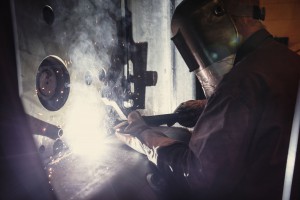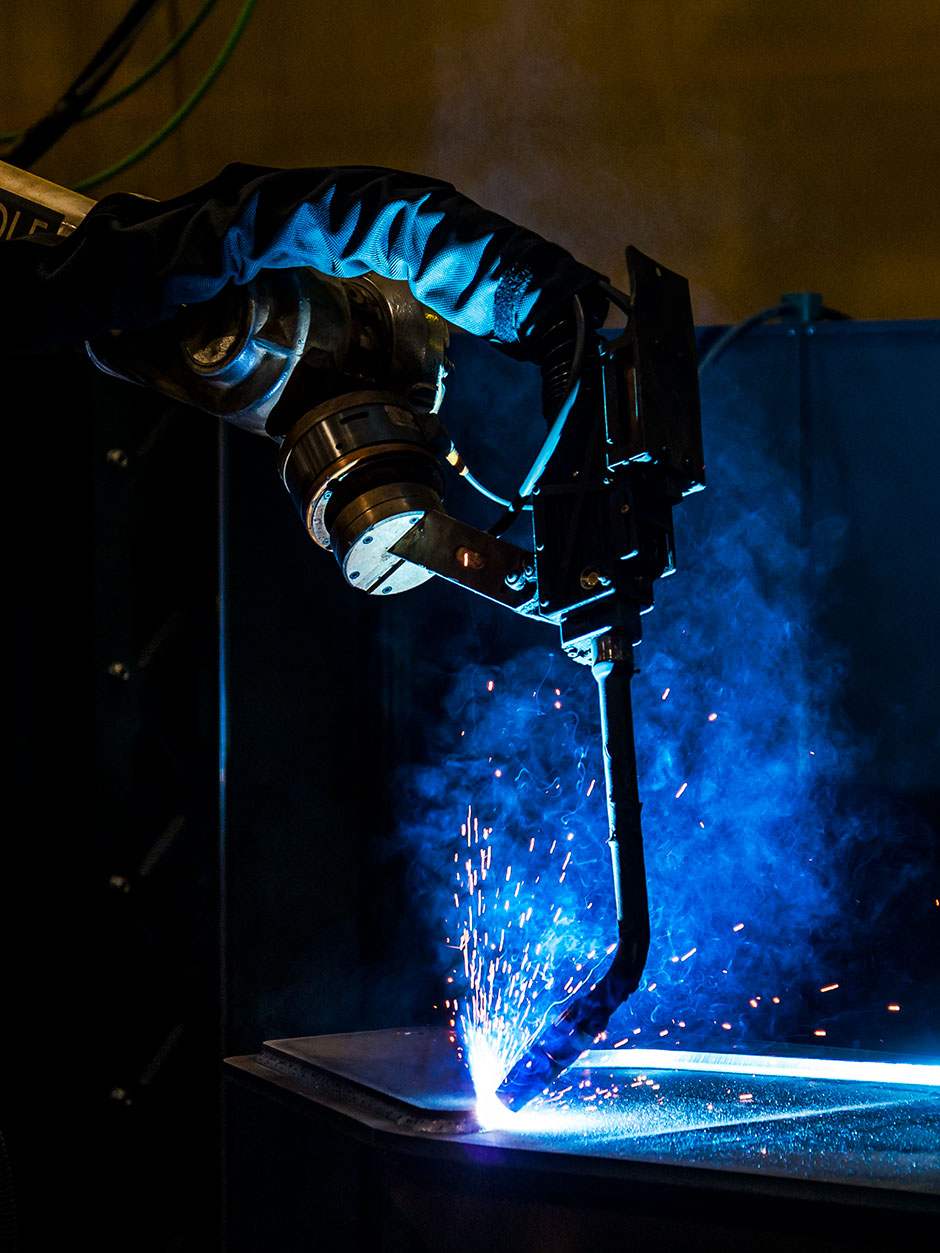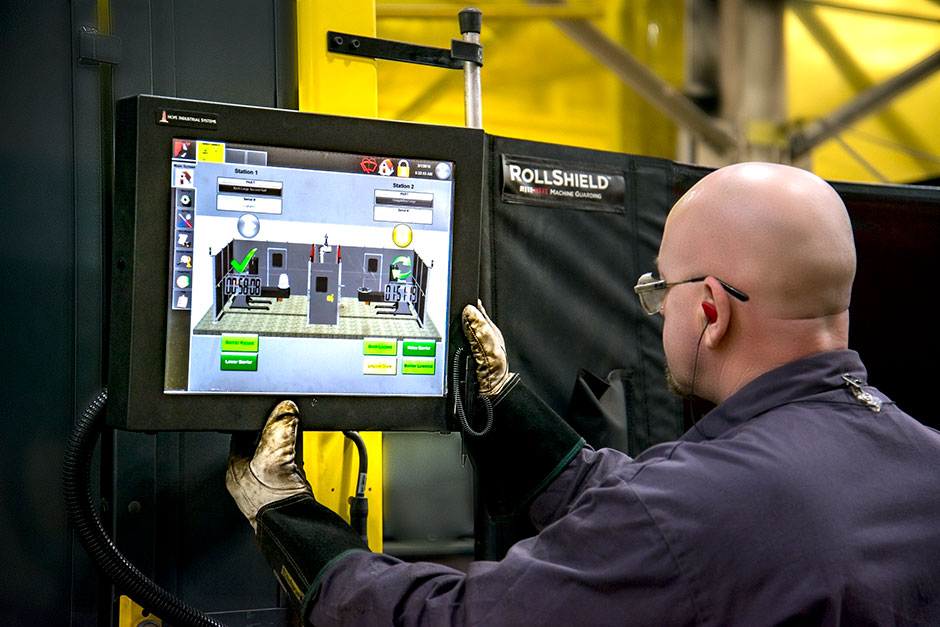Related Content
Third Dimension
07 May 2022
Tigercat is increasingly turning to 3D printing technology to streamline design and prototyping processes.
30th April 2018
The first article in a new Between the Branches feature series. ‘On the Floor’ showcases different aspects of Tigercat’s manufacturing process. The company has made significant investments in advanced machinery and technologies in an effort to continuously improve manufacturing efficiencies and quality. In this issue Chris McMillan talks to VP of manufacturing, Joe Barroso about Tigercat’s latest robotic welding cells in the skidder production facility.
– Chris McMillan, technical marketing writer
As demand for Tigercat machines continues to increase, so must the level of manufacturing technology. The latest technologies help match production output to the growing market demand while increasing quality and efficiency. For these reasons, Tigercat continues to make significant investments in its manufacturing facilities.

For some time now, trained welders and fitters have become very difficult to find and the obvious solution was to look to additional state-of-the-art robotic welders.
For some time now, trained welders and fitters have become very difficult to find and the obvious solution was to look to additional state-of-the-art robotic welders. As Joe Barroso, VP manufacturing, skidder plant explains, “Tigercat is in need of welders right now. Hopefully, by developing additional skilled welders along with the supporting robotic cells, we will meet our growth requirements and everything will balance out.”
President, Grant Somerville views robotic welders as a tool for a highly skilled welder. “I see the robotic welders doing the heavy work, the hot or tedious jobs, and the people doing the parts of the job that require a high skill and experience level as well as special projects and prototype work. In the future, a welder’s job will be highly challenging and hopefully less physically demanding.”

Tigercat’s new robotic welding arm, manufactured by Wolf Robotics.
Tigercat has been using robotic welders for many years, so the concept is not new. The manufacturing team has been researching companies that can provide top quality robotic welding equipment and can also assist with customized installations to adapt to the full range of Tigercat’s needs. They found a solution for the skidder facility with Wolf Robotics – a company with a long history of designing and building custom robotic systems for a number of different industries. An order was placed for a two-cell welding station in April 2017. It was up and running the following September.
The installation consists of two cells, each containing a 1 500 kg (3,300 lb) skyhook positioner with one robotic welding arm and a control system between the two cells. This set-up allows the welding arm to be working on a component on one side, while the operator is positioning a second piece to be welded on the other side. The advantage to this is that when the welding arm has completed the job on one side, it can swing around and start working on the next piece. Once the finished weldment has cooled, it is removed and the next component is positioned to be welded. Tigercat requested a custom tinted viewing window to be installed so plant tour visitors can watch the robot at work.
This new robot is currently welding skidder arches, grapple boxes and bullnose weldments. “We are seeing a reduction in welding time and increased production capacity,” says Barroso. “The amount of inventory we have on the floor to keep the line fed is reduced. As the parts are being welded, an employee is fitting up the next piece, so it is ready to go.”
In addition to speed, the quality of the weld is excellent and consistent. Since the robot self-cleans the welding tip, the clean-up prior to priming and painting is drastically reduced. The skyhook can rotate on all three axes, which allows the trough for the weld to always be horizontal, resulting in a perfectly positioned weld. Currently, the robot runs 80 hours per week.

Robot operator Claus Frey checks the welder’s progress.
Using CAD models, several Tigercat employees are now able to program the unit, specify the location and type of welds, run offline simulations and test the procedures before loading the program into the welder control unit. As additional robotic welders are installed, more employees will receive the training.
Tigercat has orders placed for several additional units and by the end of 2018 there will be nine more robotic welders working in the various manufacturing facilities and welding a wide variety of machine components. Different configurations are planned – on tracks to weld longer pieces like chassis or booms, larger capacity skyhooks ranging anywhere from 3 000 to 10 000 kg (6,600 – 22,000 lb) and spigot positioners. Eventually Barroso sees the possibility of robotics being used for such things as blasting, painting and power washing. “I can see it,” he concluded.
07 May 2022
Tigercat is increasingly turning to 3D printing technology to streamline design and prototyping processes.